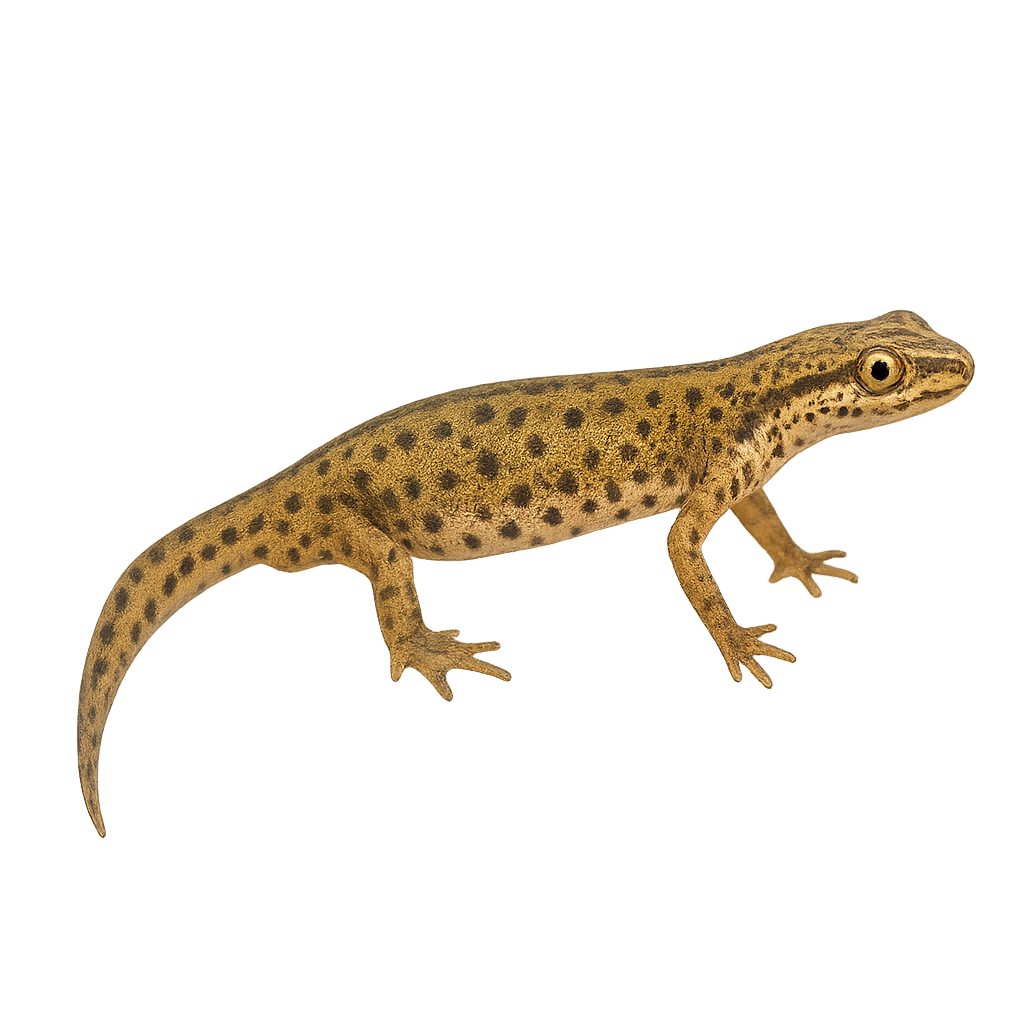Your wildlife photography guide.
Explore the palmate newt in detail, study its behavior, prepare your shots.
Where to observe and photograph the palmate newt in the wild
Learn where and when to spot the palmate newt in the wild, how to identify the species based on distinctive features, and what natural environments it inhabits. The WildlifePhotographer app offers tailored photography tips that reflect the palmate newt’s behavior, helping you capture better wildlife images. Explore the full species profile for key information including description, habitat, active periods, and approach techniques.
Palmate newt
Scientific name: Lissotriton helveticus

IUCN Status: Least Concern
Family: SALAMANDRIDAE
Group: Amphibians
Sensitivity to human approach: Tolerant
Minimum approach distance: 5 m
Reproduction period: March to May
Incubation: 10-18 jours
Births: March to May
Habitat:
Temporary ponds, ditches and woodland wetlands
Activity period :
Mainly active at night, generally discreet during the day.
Identification and description:
The palmate newt is a small urodele amphibian, 6–9 cm long, with an olive-brown back dotted with dark spots and a yellow-orange belly. It inhabits temporary ponds, ditches, and woodland wetlands in temperate Europe. Solitary and unobtrusive, it feeds on aquatic insects and small crustaceans with its speedy tongue.
Recommended lens:
Macro – adjust based on distance, desired framing (portrait or habitat), and approach conditions.
Photography tips:
Photograph the palmate newt at dusk or dawn at water level using a 100–200 mm macro lens. Position low to capture reflections, use low ISO and shallow depth of field to isolate skin details. Be patient and avoid sudden movements.
The WildlifePhotographer App is coming soon!
Be the first to explore the best nature spots, track rutting seasons, log your observations, and observe more wildlife.
Already 1 432 wildlife lovers subscribed worldwide

